Thomas Cole was born in 1801 at Bolton-Le Moors in England at the height of the Industrial Revolution. His father was a bankrupt handicraft manufacturer who emigrated to America with the family in 1818, eventually settling in Ohio.
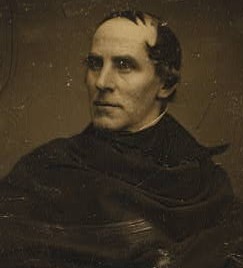 After an encounter with a peddler called Stein who painted pictures on canvas, Cole decided to become a portrait painter. He took to the road, finding little success.
After an encounter with a peddler called Stein who painted pictures on canvas, Cole decided to become a portrait painter. He took to the road, finding little success.
His shyness meant that the close proximity of his sitters made the process an agonising experience.
After trudging over three hundred miles on foot over the mountains from Pittsburgh to the art galleries of Philadelphia, Thomas Cole came across the landscape paintings of local American artists, Thomas Birch (1779-1851) and Thomas Doughty (1793-1856).
Their work had a profound effect on Cole - he felt that Doughty and Birch had shown a truth about nature that no European artist had achieved. He determined to build on their expertise and become a landscape artist himself.


 After an encounter with a peddler called Stein who painted pictures on canvas, Cole decided to become a portrait painter. He took to the road, finding little success.
After an encounter with a peddler called Stein who painted pictures on canvas, Cole decided to become a portrait painter. He took to the road, finding little success.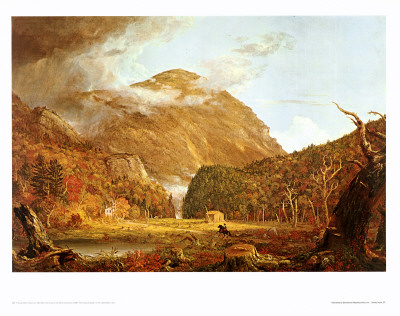

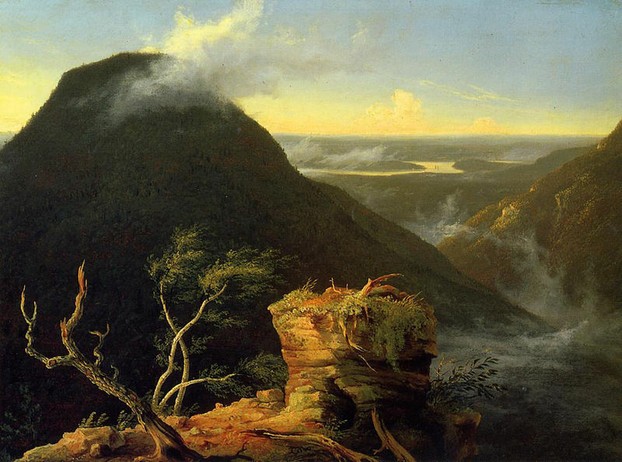



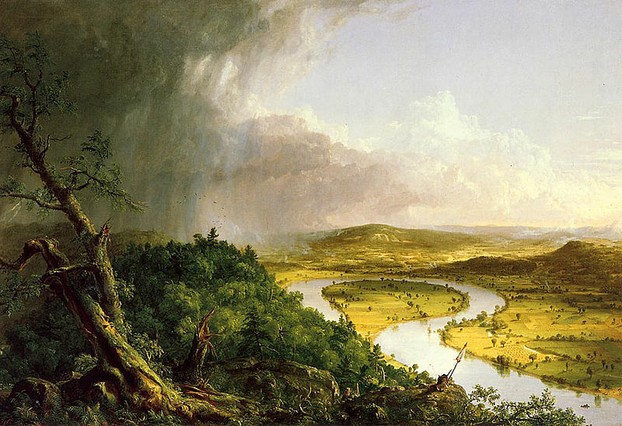
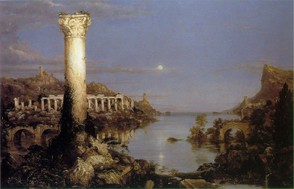
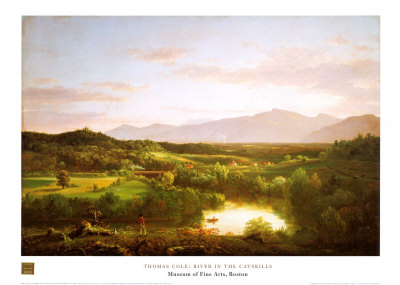
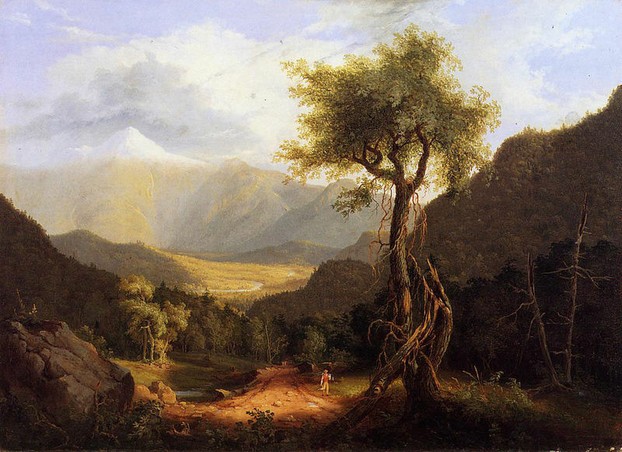
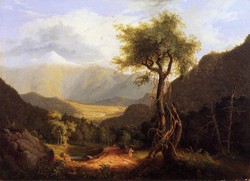

 How to Choose a Walking Cane or Stickon 08/01/2014
How to Choose a Walking Cane or Stickon 08/01/2014
 Michael Miller Fabulous Fabric Swatches for Quilting, Crafts etcon 07/02/2014
Michael Miller Fabulous Fabric Swatches for Quilting, Crafts etcon 07/02/2014
 The Drama of Life in the Rock Poolon 06/08/2014
The Drama of Life in the Rock Poolon 06/08/2014
 The Flâneur - Symbol of Modernity in 19th Century Parison 05/09/2014
The Flâneur - Symbol of Modernity in 19th Century Parison 05/09/2014

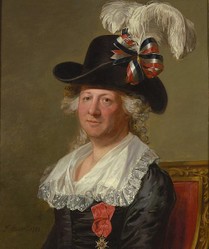
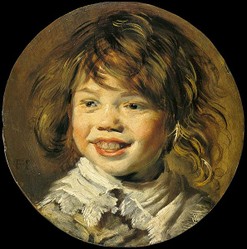
Comments